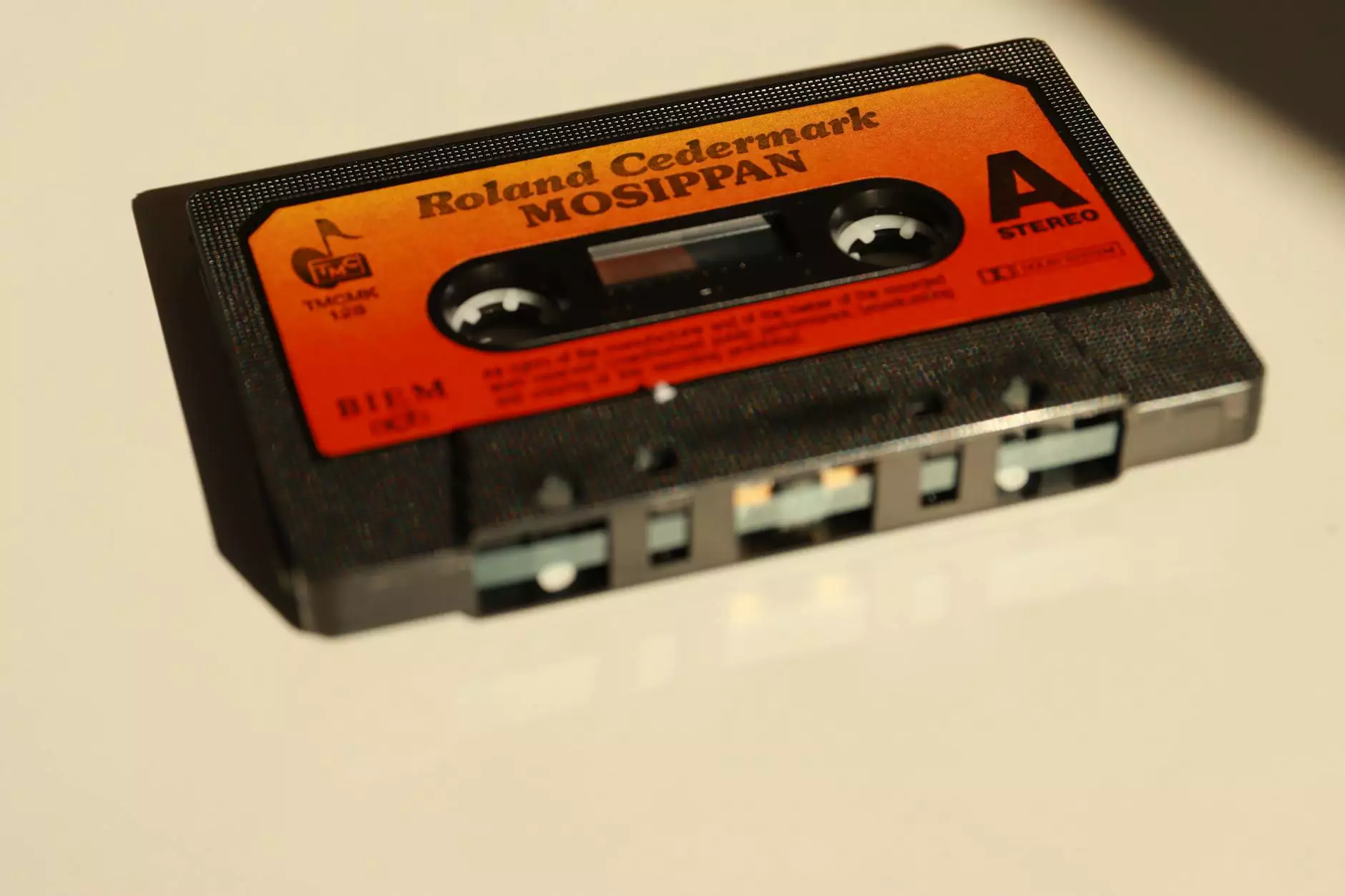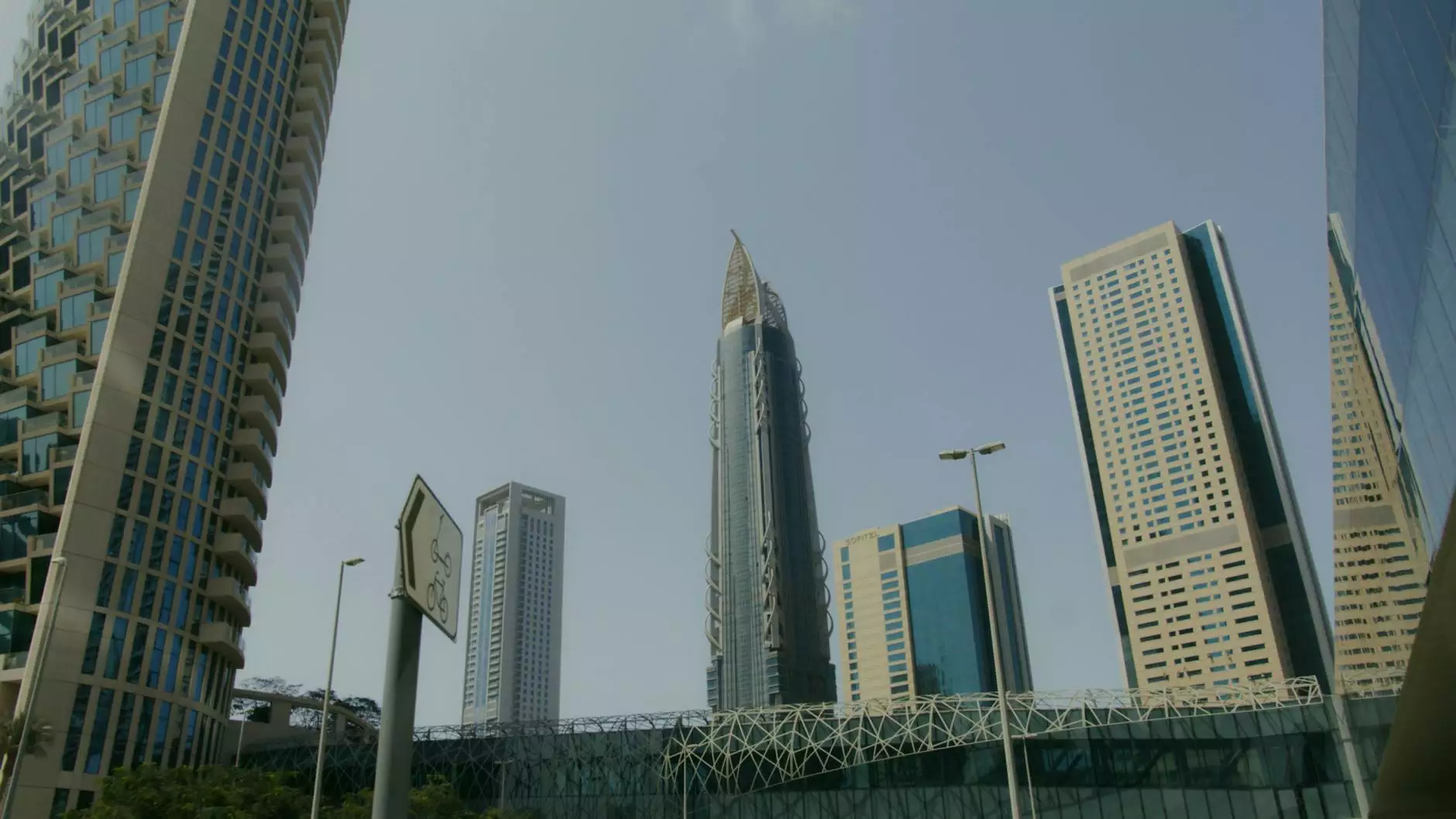Understanding Salpingo-Oophorectomy: A Comprehensive Guide

Salpingo-oophorectomy is a significant surgical procedure that involves the removal of both the fallopian tubes and the ovaries. This procedure is vital for various medical conditions affecting women's health, and understanding it can empower patients to make informed decisions regarding their health. In this article, we will delve deep into the intricacies of salpingo-oophorectomy, discussing its indications, procedure, recovery, and the profound implications it has on women's overall well-being.
What is Salpingo-Oophorectomy?
Salpingo-oophorectomy combines two surgical procedures: salpingectomy, which is the removal of the fallopian tubes, and oophorectomy, the removal of the ovaries. This operation can be performed unilaterally (removing one side) or bilaterally (removing both sides), depending on the individual's medical condition.
Indications for Salpingo-Oophorectomy
The decision to undergo a salpingo-oophorectomy may arise from various medical situations. Some common indications include:
- Ovarian Cysts: Large or persistent cysts that do not resolve on their own may necessitate removal.
- Endometriosis: When the endometrial tissue grows outside the uterus, it can lead to significant pain and complications, often requiring surgical intervention.
- Ovarian Cancer: The presence of malignant tumors may lead to the recommendation of this surgery as part of a comprehensive cancer treatment plan.
- Pelvic Inflammatory Disease (PID): Chronic infection of the female reproductive organs can lead to severe health issues, prompting the need for surgical removal of affected organs.
- Prophylactic Measures: For women at high risk of ovarian cancer (e.g., those with BRCA1 or BRCA2 mutations), a preventative salpingo-oophorectomy may be advised.
The Salpingo-Oophorectomy Procedure
Understanding the surgical process is critical for patients preparing for a salpingo-oophorectomy. The procedure can generally be performed using two main techniques: laparoscopic surgery and traditional open surgery.
Laparoscopic Surgery
Laparoscopy is a minimally invasive technique that utilizes small incisions and specialized instruments, including a camera called a laparoscope. Advantages of laparoscopic salpingo-oophorectomy include:
- Less postoperative pain
- Reduced recovery time
- Minimal scarring
- Shorter hospital stay
Open Surgery
In cases where laparoscopic surgery is not feasible, an open surgical approach may be utilized. This involves a larger incision, typically in the lower abdomen. While effective, this method may lead to:
- Longer recovery time
- Increased postoperative pain
- Higher risk of complications compared to laparoscopic methods
Preparing for Surgery
Before undergoing a salpingo-oophorectomy, patients should have thorough discussions with their healthcare providers. Important preparation steps include:
- Medical Evaluation: A full assessment of medical history and current health status will be conducted.
- Understanding Risks: Patients should be informed about potential risks, such as infection, bleeding, or complications related to anesthesia.
- Preoperative Instructions: Following specific instructions regarding diet, medications, and other preparations is crucial for optimal outcomes.
Recovery After Salpingo-Oophorectomy
Post-surgery, the recovery process is critical. Patients can expect:
- Pain Management: Adequate pain relief measures, including medications, will be provided.
- Activity Restrictions: Patients will be advised to limit physical activities for a specified period to promote healing.
- Follow-Up Appointments: Scheduled visits with healthcare providers are essential to monitor recovery and address any complications.
Long-Term Implications of Salpingo-Oophorectomy
Undergoing a salpingo-oophorectomy can have significant long-term health implications. Understanding these may help women prepare for life after the procedure.
Hormonal Changes
If both ovaries are removed, women may experience symptoms of menopause due to sudden hormonal changes. These can include:
- Hot flashes
- Night sweats
- Mood changes
- Vaginal dryness
Fertility Considerations
It is vital for women to discuss fertility options prior to surgery, especially if considering future pregnancies. If both ovaries are removed, natural conception is not possible.
Emotional and Psychological Impact
Women may face emotional and psychological challenges following a salpingo-oophorectomy. It's essential to seek support, whether from healthcare professionals or support groups, to navigate these feelings.
Conclusion
In summary, a salpingo-oophorectomy is a crucial surgical procedure with the potential to greatly improve women's health when indicated. Awareness and understanding of this procedure—its reasons, process, recovery, and long-term implications—empower women to take charge of their health. As with any medical procedure, consultation with skilled healthcare professionals is vital to ensure the best outcomes for individual health needs.
For more information about salpingo-oophorectomy and other women’s health concerns, visit drseckin.com.



